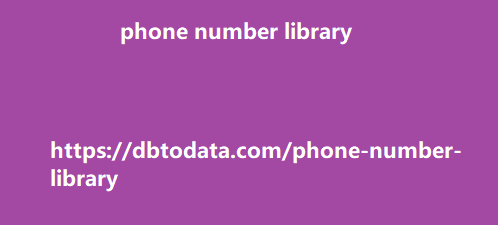By following these tips, you can use internal linking to create an up-to-date SEO authority and boost your site’s performance. Internal linking is a powerful technique that can help you create a better user experience, grow your traffic, and increase your authority. Now that you understand the best practices when it comes to internal linking, you’re ready to see the basic steps to setting up your internal linking strategy: Determine the structure you want for your site. Think of your website in terms of categories, then work your way down to subcategories (and even sub-subcategories, if needed). Keep internal links within categories. Figure out your cornerstone content.
A.K.A. your landing pages, these are the most
important content on your site, and the ones that you want users to find when searching for your industry, products, or niche on Google. Direct most of your internal links toward them. Add contextual links. If you already have tons of posts on a certain topic, then you should try linking them together. You can use in-text links or recommend topically related posts for reading at the end of your post. Work down from the hierarchy you establish. Link parent pages to child pages, and sibling pages to each other. Parent pages are those at the top of each category you create for your structure.
Use navigational links. I highly recommend
adding links to your most important pages from your homepage or adding them from your navigation menu. This denotes importance in Google’s eyes and gives them a lot more link value. Insert links to your most recent posts. Adding links to newly published posts from existing content on your website is a good way to improve topical authority. Insert links in your most popular posts. Since these posts draw in the most traffic, adding links from these posts to related ones can also improve your topical authority. Create umbrella posts. If you’re on a roll with writing for a specific topic, consider making an umbrella post.
This can be used to interlink all of the posts you’
ve written for the topic so far, boost topical authority, and serve as a catch-all of sorts for related keywords. Take, for example, our technical SEO guide, which references a bunch of our other technical SEO topics. Setting up the right internal linking strategy depends on what you want to do with your website and your SEO goals. But, these steps are a good place for you to start. Key Takeaway Do take note that while internal linking can add to the topical authority of your site, it should be done carefully and naturally. Focus on being intentional about your strategy, making meaningful links between relevant pages, and steering clear of spammy linking practices to reap the most benefits possible while avoiding penalization.
Ultimately, providing valuable, well-
organized, and interconnected content albania phone number library is key to building topical authority over time. Keywords, as we all know, are the bread and butter of SEO. They are how potential customers find us online and are what we build entire strategies around. But targeting the best keywords for your business is tough. Short tail keywords are attractive, but are often too competitive, too high volume for most to fight for—so what is the alternative? Here’s where long-tail keywords come in. They provide an untapped opportunity to drive more relevant traffic to your website and connect with customers further along their purchase journey. In this article, we’ll dive deep into the essence of long-tail keywords, examining their importance, advantages, and—most importantly—how to incorporate them effortlessly into your content strategy.
What is a Long-Tail Keyword? Long-tail
keywords in SEO are keyword phrases with more than three words that are extremely focused and specialized. These keywords are more targeted and reflect users’ exact search intentions than generic or broad-based keywords. They can also provide users with a more customized search experience. The Power of Precision When you are conducting keyword research, you can specifically target the wants and demands of your target market. You may draw readers who are more likely to convert by including these certain terms in your article. For instance, if you own a running shoe business, it will be very difficult to rank at the top for the keyword “best running shoes,” much less gain much traffic from your efforts.
keyword metrics for the keyword “best running shoes”
If, however, you decide to target the google advanced search: a guide to using it accurately keyword “women’s running shoes for wide feet” instead, then you are more likely to draw highly interested customers who are looking for that exact product. keyword metrics for the keyword “women’s running shoes for wide feet” After all, when someone enters that very long, very specific keyword, they are demanding one thing: the kind of product that they just searched for on Google. By positioning yourself as someone who can answer their demand, you grab their attention, answer their search question, and ultimately bring in users who are more likely to buy your product. There is a value of precision that specific keywords provide.
You may attract people who have a precise aim and
are inclined to become clients by using hk lists such focused terms. Less Competition=Less Cost Though these keywords often have lower search volumes since they are more specific than short tail or broad keywords, there often are fewer opponents for this from other websites. In that sense, you can also easily rank at the top of search engine results pages (SERPs) for these keywords, and attract more customers by focusing on untapped niches in a target audience but also distinguishes you from your competitors who may only optimize for broader keywords like “best running shoes.

